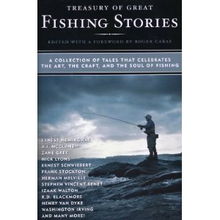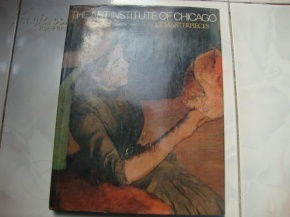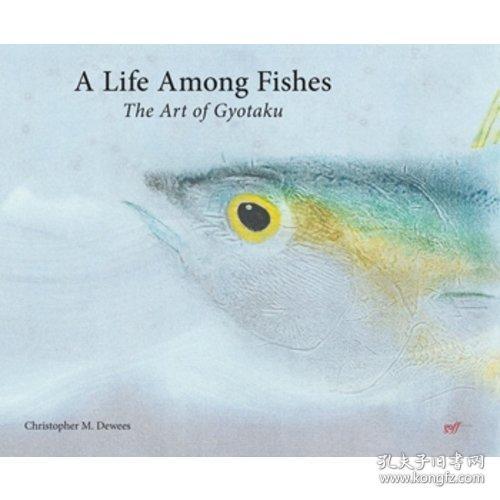Content:
Fishing for carp, often affectionately known as "silver kings," is a challenging yet incredibly rewarding pursuit. These resilient and hard-fighting fish are a favorite among anglers worldwide, and mastering the art of catching them can elevate your fishing experience to new heights. In this comprehensive guide, we'll delve into the intricacies of carp fishing, focusing on specific techniques that will help you land these magnificent creatures. Let's start by discussing the basics of carp fishing and then dive into some advanced techniques for targeting these elusive fish.
Understanding Carp Behavior
Before we delve into the fishing techniques, it's crucial to understand the behavior of carp. Carp are bottom feeders that are most active during the early morning and evening hours. They are highly sensitive to water temperature and will move to different depths and areas of the lake based on the season and weather conditions. Understanding these behaviors is the first step in becoming a successful carp angler.

Choosing the Right Equipment
To begin, you'll need the right equipment. For catching carp, a medium to heavy spinning rod is ideal, as carp can be quite strong and will put up a fight. A good quality braided line with a high tensile strength is recommended, as it is less visible in the water and offers better knot strength. A quality reel with a smooth drag system is also essential to handle the carp's powerful runs.
Selecting the Right Bait
Carp are known for their voracious appetite and can be caught on a variety of baits. The most popular types of bait for carp include:
- Flour Baits: These are simple, inexpensive, and work well in a variety of conditions. They are best used in still or slow-moving water.
- Pellets: These are small, compressed fish food that carp are particularly fond of. They come in various sizes and flavors, making them versatile for different conditions.
- Boilies: These are boilied (cooked) fish baits that come in a variety of shapes, sizes, and flavors. They are highly attractive to carp and can be used in both still and flowing water.
- Worms and Maggots: These natural baits are a favorite among carp and can be used in both the summer and winter months.
The Basics of Carp Fishing Techniques
- Locating Carp: To catch carp, you first need to find them. Look for areas with heavy vegetation, deep holes, or submerged structures, as these are prime spots for carp to hide and feed.
- Presenting the Bait: Once you've located the carp, it's time to present your bait. The key is to make it look as natural as possible. This means casting gently and allowing the bait to drift naturally in the water.
- Patience: Carp can be very cautious, especially when they are not hungry. Patience is key; give your bait time to settle and allow the carp to investigate it before striking.
Advanced Techniques for Catching Carp
- Trolling: Trolling involves slowly moving your boat while dragging a baited hook behind it. This method can be effective in both still and flowing water, as it allows you to cover a large area quickly.
- Sight Fishing: For experienced anglers, sight fishing is a technique where you spot carp in the water and cast directly at them. This requires excellent casting skills and the ability to read the water.
- Stalking: This technique involves approaching the carp stealthily and casting from a distance. It's a challenging method but can be highly effective for catching wily carp.
Mastering the Art of Rigging
The rig you use is as important as the bait and the technique. Here are some common carp rigging setups:
- Leather Boot Rig: This rig is ideal for still water and involves a hair rig with a piece of leather to prevent the bait from sliding off.
- Dac Rig: The Dac rig is a versatile setup that can be used in both still and flowing water. It involves a stiff piece of Dacron thread with a hair rig attached.
- The Paternoster Rig: This rig is designed to prevent tangles and is effective for fishing in deeper water or strong currents.
Conclusion
Carp fishing is an art that requires patience, skill, and a deep understanding of the fish you're targeting. By following the techniques outlined in this guide, you'll be well on your way to becoming a successful carp angler. Remember, the key to catching these magnificent fish lies in understanding their behavior, using the right equipment, and applying the appropriate techniques. With practice and perseverance, you'll soon be reeling in your own "silver king." Happy fishing!












